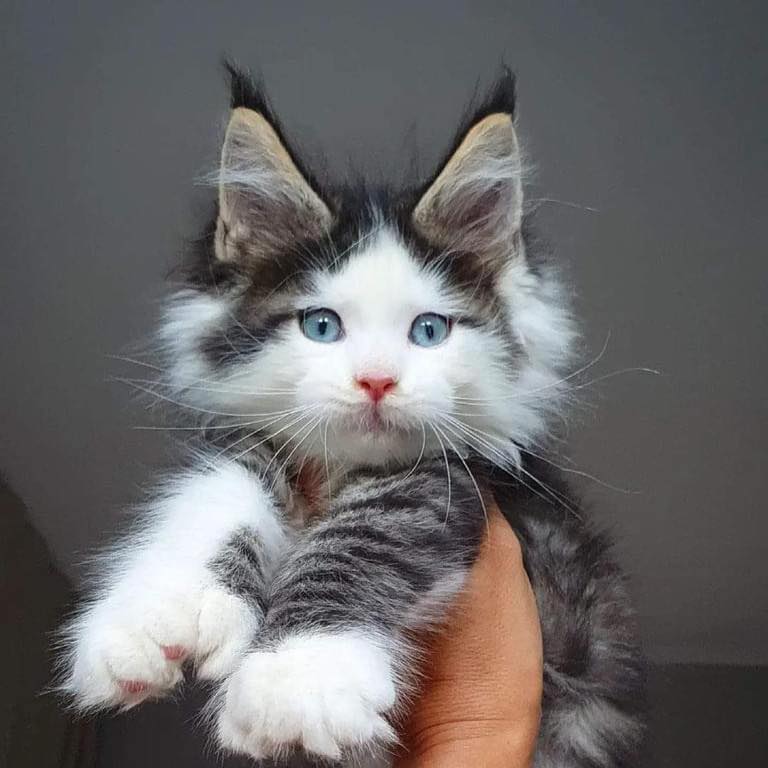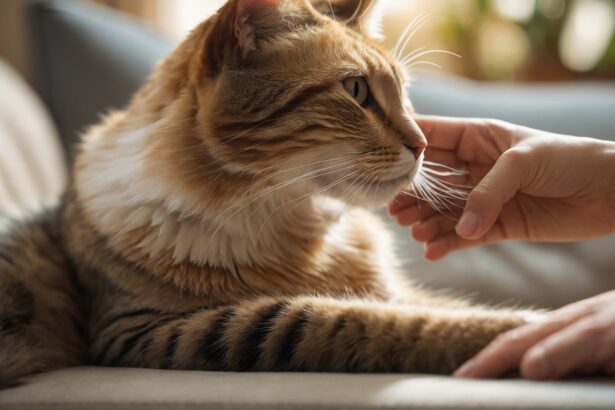Your cat isn’t “just meowing.” She’s talking to you. The trick is learning her tiny code: tone, length, rhythm and context. Once you tune in, those mysterious mews, trills and yowls start to make perfect sense—and your daily life together gets a whole lot calmer.
The many voices of a meow
Cats shape their meows like little messages. Listen for pitch, volume and duration, then watch the body language that comes with it.
- Short, bright meow: a friendly “hi!” at the door or in the hallway.
- Repeated mid‑pitch meows: “I want something now” (food, play, your warm lap).
- Long, drawn‑out meow: impatience or a firm request, often near the kitchen.
- Low, loud meow: frustration, discomfort or “you’re ignoring me.”
- Trill/roll: sweet greeting, often from sociable cats and some chatty breeds.
- Chirp/chatter: excitement or predatory arousal when watching birds through the window.
- Yowl: high arousal—fear, territorial tension, pain or a cat in heat.
- “Silent” meow: mouth opens, no sound to you—often a super‑high mew that melts hearts and still gets results.
Want to sharpen your ear further? Explore clear examples and clues in this guide to how to interpret a cat’s meows.
What is my cat saying right now?
Context is your compass. Ask: Where is she? What time is it? What happened just before?
- “Feed me, please.” Meowing near the bowl, at usual meal times, with head‑butts and kitchen patrol.
- “Pay attention to me.” Meows paired with eye contact, tail up and gentle paw taps.
- “I’m unsure or stressed.” Lower, repetitive meows with hiding, big pupils or pacing—time to soothe the environment.
- “Open this door!” A firm, rhythmic meow directed at the obstacle—classic door diva behavior.
- Night meows. Boredom, habit, loneliness, light outside, or a senior seeking reassurance.
- Pain or distress. Sudden, intense, or very unusual vocalizing—especially with limping, licking one area, or litter box strain—warrants a vet check.
If your cat’s voice dips into a baritone or suddenly turns very loud, here’s a handy explainer on why a cat meows loud and low.
Age, breed and sex: why some cats “talk” more
Kittens meow to call mum (and you). It’s their lifeline for food and warmth.
Adult cats mainly meow at humans—not other adult cats. Among themselves, they prefer body language, scent and quieter signals.
Seniors can meow more due to sensory changes, confusion or aches. Gentle routines and vet checks help a lot.
Some breeds are natural chatterboxes. Siamese and other Oriental breeds are famously vocal. Even big softies like the Maine Coon “talk” with charming trills and chirps.
Females in heat often yowl to signal availability. Spaying usually reduces these intense calls and prevents surprise litters.
If nights are the noisiest time at home, this deep dive on why cats meow at night can help you pinpoint the cause.
How to respond wisely (without creating a tiny diva)
- Health first. Sudden changes or distress calls? Rule out pain, dental issues, urinary problems or hyperthyroidism with your vet.
- Feed by schedule. Predictable meals and a small bedtime snack calm food‑driven meowing.
- Play, then sleep. A 10–15‑minute evening play hunt (wand toy → chase → “catch”), followed by food, mimics nature and reduces night yowls.
- Reward the quiet. Wait for a pause, then deliver attention or treats. You’re teaching “silence unlocks goodies.”
- Ignore the demand meow. If you cave mid‑meow, you train your cat to ask louder and longer next time.
- Easy enrichment. Window perches, puzzle feeders and new “scent stories” (catnip, silvervine) keep her brain busy.
Practical tip: Put a small bell on the bedroom door handle. When your cat meows at night, ignore the meow—but open when you hear a single bell tap. In a week or two, many cats switch to the gentler “tap for access” routine.
Common mistake to avoid: Talking back and feeding during every meow. It turns accidental training into a full‑time call‑service. Instead, reward calm moments and use mealtime structure.
For persistent, round‑the‑clock chatter, this guide shows how to understand and act on incessant meowing without stress.
Little surprises about meows
- Fun fact: Adult cats rarely meow to other adult cats. They invented that voice mostly for us—your personal feline–human hotline.
- Silent meows aren’t “nothing”—some sounds are just too high for us, but the face says it all.
- Trills are often “come with me” invitations, especially from social butterflies and mother cats.
If you suspect stress is fueling the noise, learn the subtle signals in signs of stress in cats and create a safer, softer routine.
In a nutshell
Listen to the sound, check the scene, respond with structure. Your cat’s meow becomes less mystery, more conversation—and your bond grows in the sweetest way.
FAQ
Why does my cat meow at night?
Common reasons include boredom, habit, hunger, or age‑related confusion. Try evening play, a small bedtime snack and a calm, consistent routine.
What does a long, low meow mean?
Often frustration or discomfort. If it’s new, intense or paired with other symptoms, book a vet check to rule out pain.
How do I stop attention‑seeking meowing?
Ignore the meow, reward quiet. Add daily play, puzzle feeders and scheduled affection so she doesn’t need to “ask” loudly.
When is meowing a red flag for health issues?
Sudden changes, yowling with litter box trouble, senior night wandering, or vocalizing plus lethargy or loss of appetite—call your vet.








